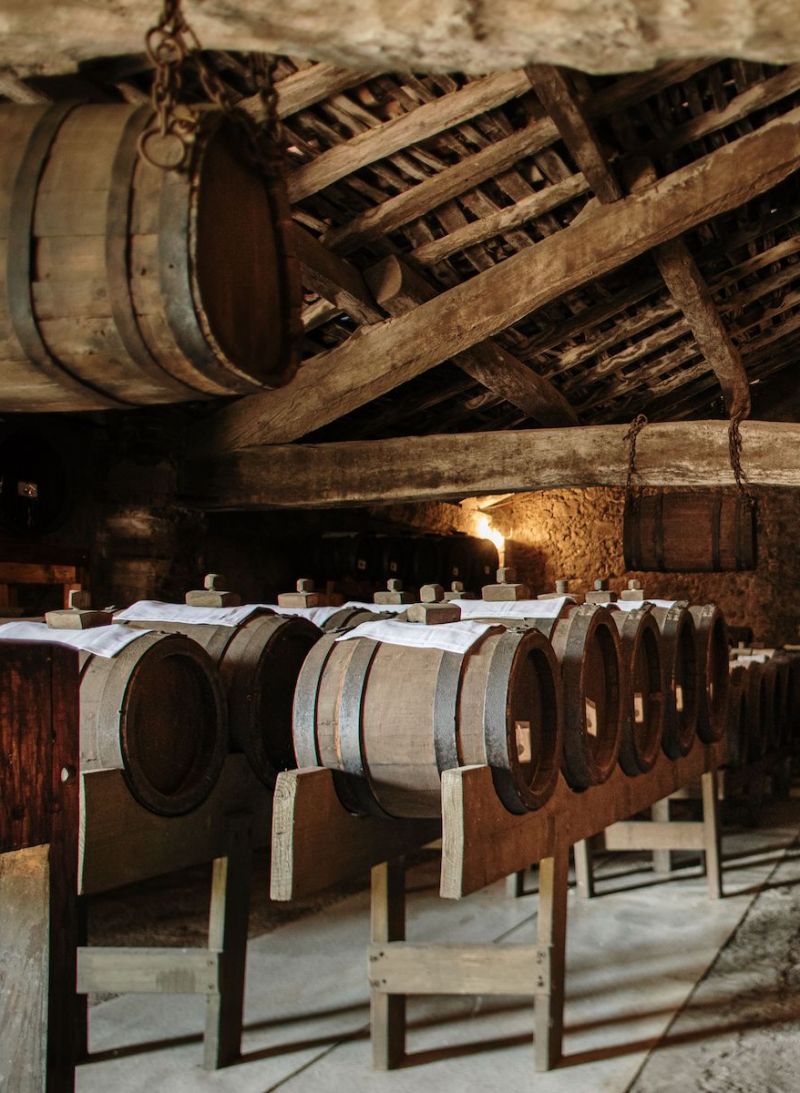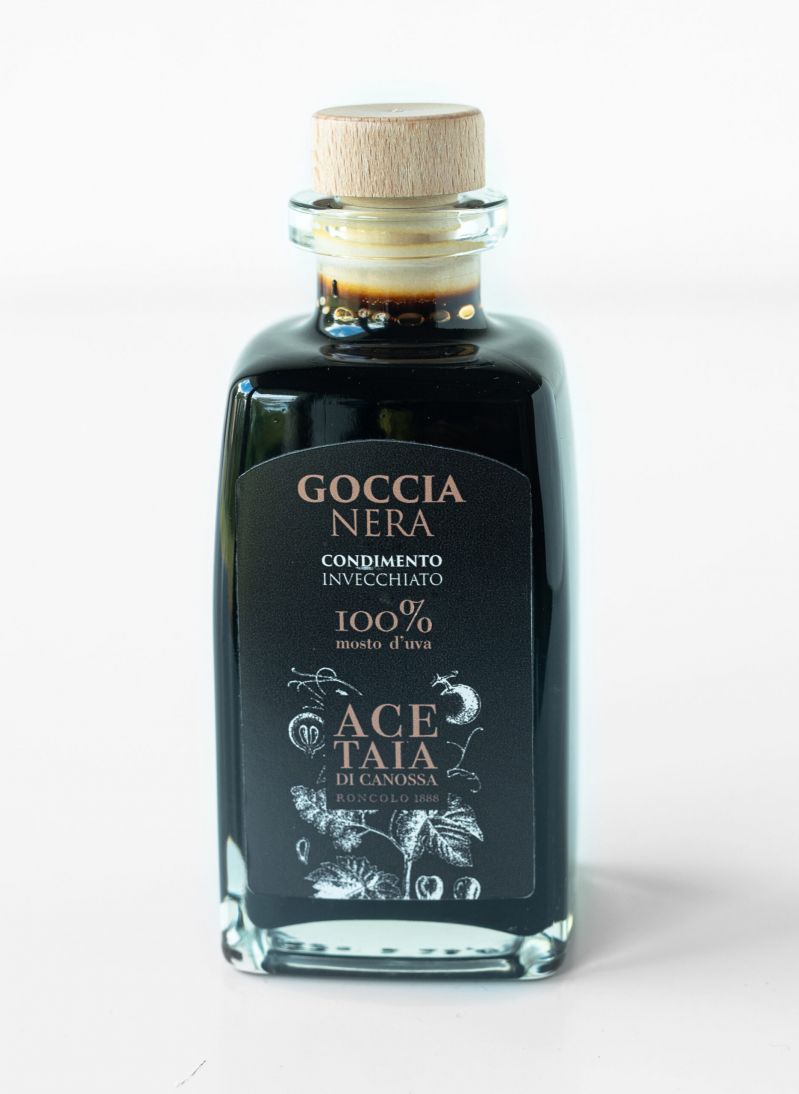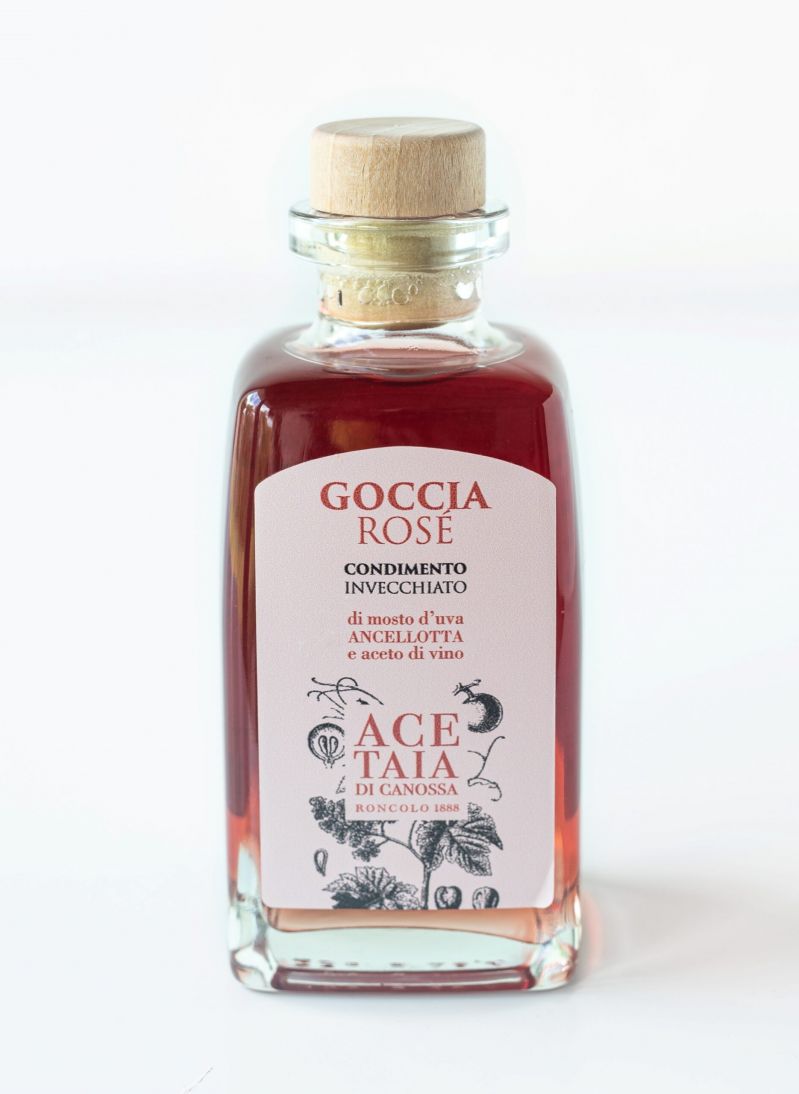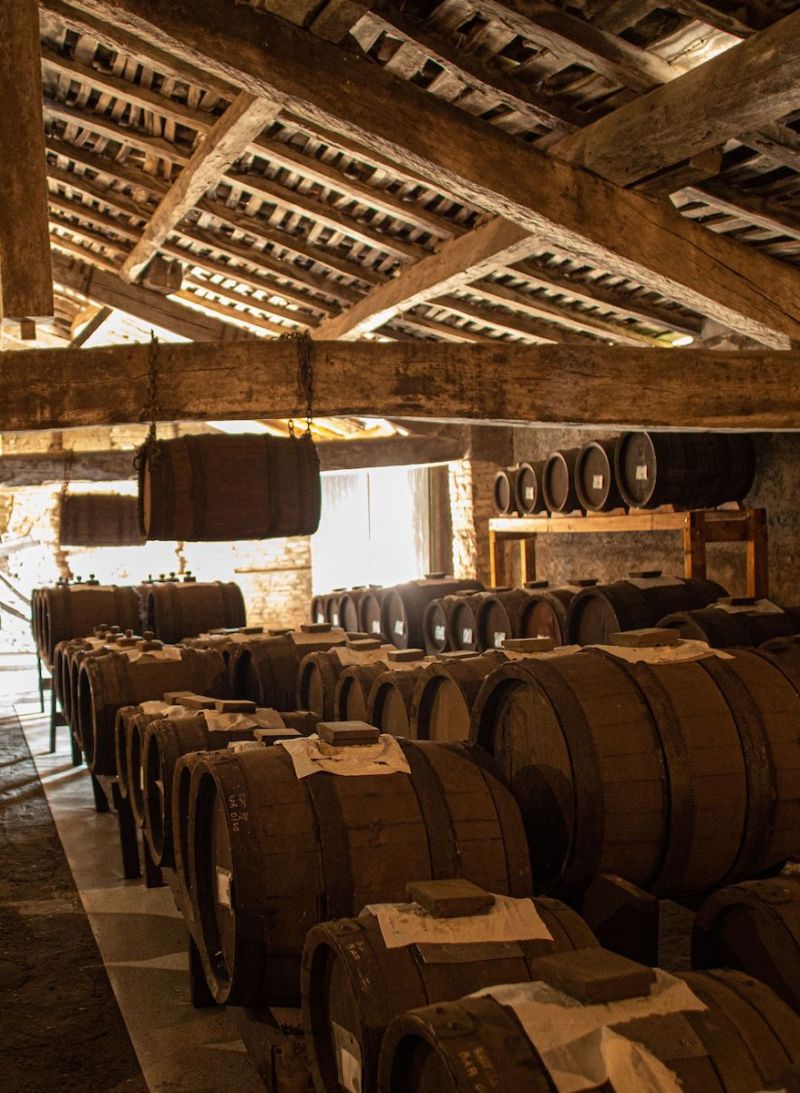JOIN the AFICIONADOS
Get the insider news and lowdown on what we've been up to, where we've been, and who we've met along the way. Be the first to discover new places and get the scoop on our favourites.
Sandwiched between the footfall-heavy cities of Florence and Venice, the shy and retiring region of Emilia-Romagna sits in the centre of northern Italy. Often overlooked in favour of the big box ticks, visitors who do come here find authentic experiences, hilly scenery, and foodie experiences abound.
One such hidden foodie encounter is the Acetaia di Canossa or balsamic vinegar produced at the Venturini Baldini estate, known for its now-fashionable Lambrusco and its opportunity to stay on a working wine estate at newly renovated Hotel Roncolo 1888. Housed in a 17th century building, part of the Venturini Baldini estate, the dimly lit interior reveals around 400 barrels neatly stacked inside made from juniper, oak, cherry, ash and chestnut. Each wood plays a different part in the flavour of the balsamic vinegar – delicately creating a unique aroma for each.
By the time it gets to the barrel though, it will have undergone a strict regime, in a journey that resulted in the product becoming part of Emilia-Romagna’s repertoire of excellent foodstuffs alongside DOP Parma ham and Parmesan Regianno.
The making of balsamic is said to have been created as far back as 1046, when Henry III, Holy Roman Emperor, requested a gift of vinegar from the Tuscan marquis Bonifacio, father of Matilde di Canossa. This is said to have laid the foundations for estates in the area to continue production and the Acetaia di Canossa became an upmarket bartering tool of the rich bourgeoise, it was even added to wealthy dowries of young brides.
Today, production follows a similar method, where the cooked grape must exclusively from Reggio Emilia and Modena grapes are housed in wooden barrels for at least 12 years and up to 25 years until a dark syrupy liquid is revealed. Yet the process is only successful under the right conditions – the classic Emilian climate of cold winters and windy summers is the optimum climate – but only under the control of old ancient barns. One can see how the product has never been able to be mass produced.
The winery Venturini Baldini is home to one of the largest and oldest vinegar cellars in the area and it’s here that you can enjoy an Acetaia di Canossa tasting plus admire the 17th century barrels. It’s hard to resist buying a few bottles to take home; they make perfect gifts too if you can bear to let go of them.



